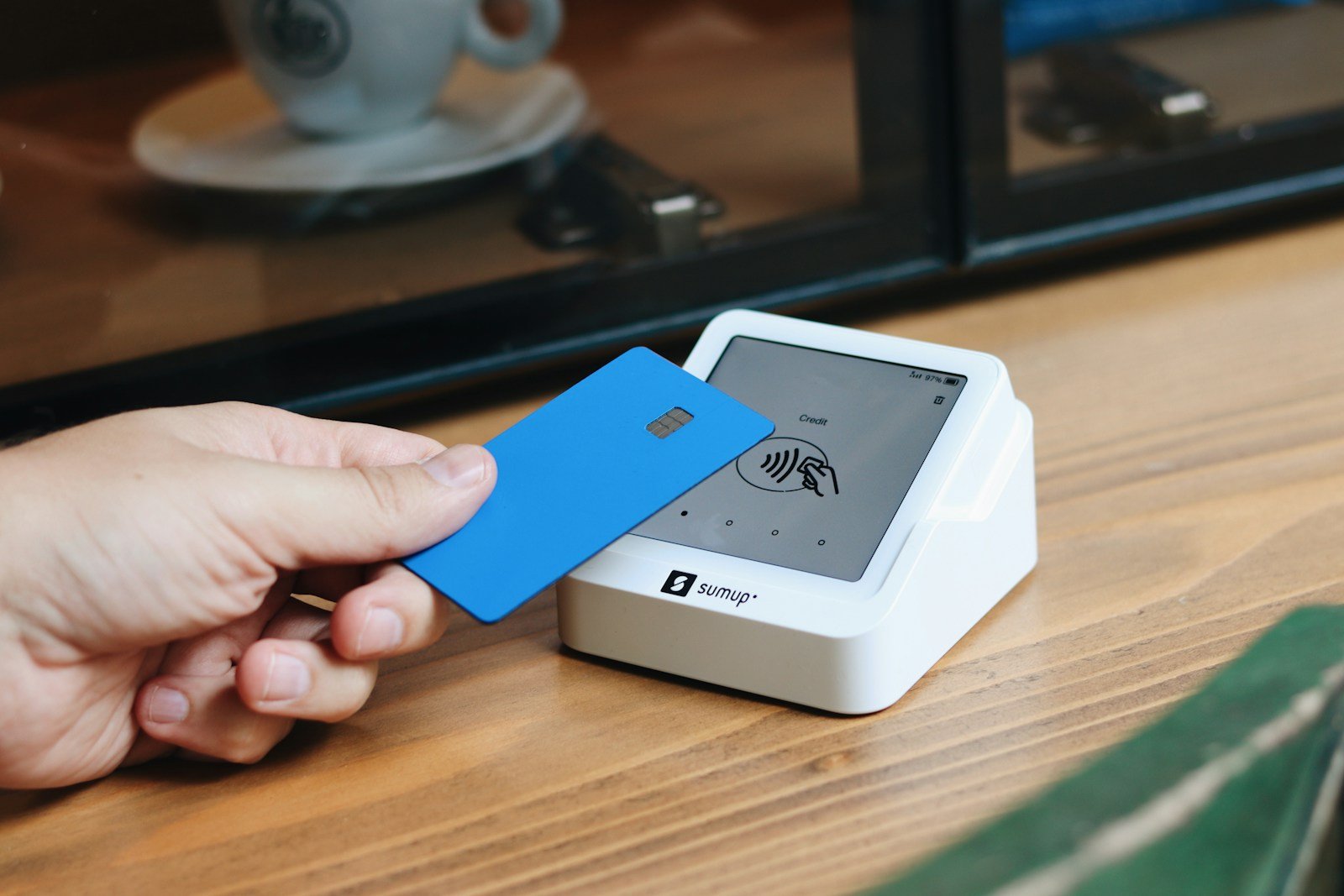
Introduction
Payoneer has quietly become one of the most trusted payment solutions for freelancers and global entrepreneurs. With over 5 million users in 2025, it’s a tool you can’t afford to ignore if you’re working online. This in-depth review covers Payoneer’s features, fees, pros, cons, and why it’s especially useful for small businesses.
Getting Started with Payoneer
Signing up is simple. Once your account is approved, you can:
- Receive payments from clients
- Link to freelance platforms like Upwork
- Use your global receiving accounts
- Order a prepaid Mastercard for ATM and POS use
Top Features
Multi-currency receiving accounts in USD, EUR, GBP, JPY, and more
Global payment service: Receive like a local
Mass payouts: Ideal for affiliate marketers and large teams
Request payments: Built-in invoicing tools
Marketplace integration: Amazon, Fiverr, Upwork, Airbnb
Mobile App: Manage funds on the go
Fees Explained
Payoneer charges a small percentage on currency conversions (0.5–2%) and a fee for ATM withdrawals. Receiving payments from platforms is usually free. Bank withdrawals are affordable and reliable.
Pros
Easy global access to funds
Free to sign up
Supports multiple income streams
Integrated with most major freelance and ecommerce platforms
Reliable customer support
Cons
Fees slightly higher than Wise for currency conversion
Card issuance fees may apply
Not suitable for every country (availability varies)
Security and Compliance
Payoneer is regulated in the US and Europe, ensuring your funds are protected and transfers are compliant with international financial regulations.
Use Cases
Freelancers receiving international payments
Amazon FBA sellers withdrawing global earnings
Affiliate marketers receiving commissions
Agencies paying remote contractors
Conclusion
If you’re part of the global gig economy or run a cross-border business, Payoneer is a must-have. With powerful features and wide marketplace integration, it simplifies getting paid—no matter where you or your clients are.













